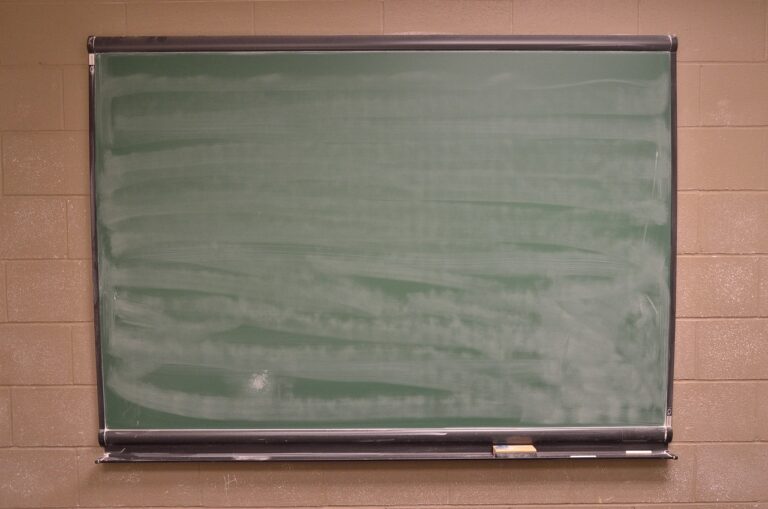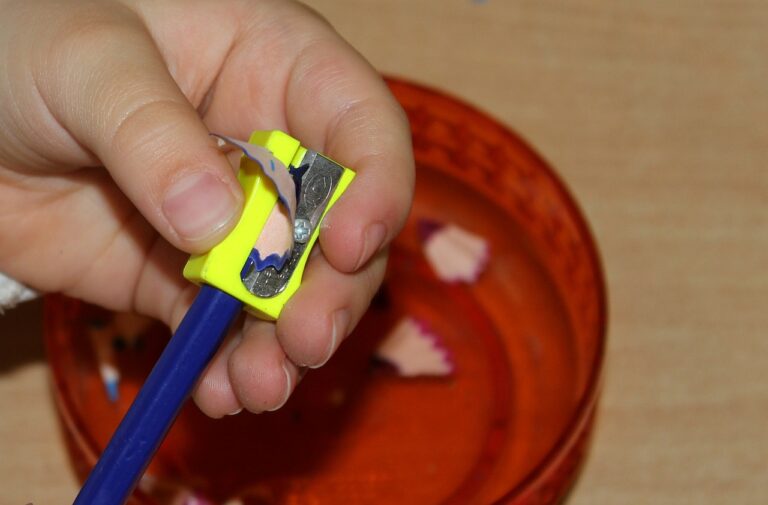Exploring the Potential of Virtual Labs in Science Education: Overcoming Resource Constraints
Traditional science education often faces challenges due to limited access to laboratory resources. Many schools struggle with outdated equipment and insufficient funding to provide students with hands-on experiences. This lack of practical experimentation can hinder students’ understanding of scientific concepts and impede their ability to apply theoretical knowledge in real-world settings.
Moreover, traditional science education often follows a one-size-fits-all approach, which may not cater to the diverse learning styles and paces of individual students. This can result in some students feeling disengaged or left behind in the classroom. Additionally, the rigid curriculum and focus on standardized testing may prioritize rote memorization over fostering critical thinking skills and creativity in students.
Benefits of Virtual Labs in Science Education
Virtual labs in science education offer students the opportunity to engage in experiments and simulations without the constraints of physical resources or time limitations. This interactive approach allows learners to develop critical thinking skills, problem-solving abilities, and a deeper understanding of scientific concepts in a dynamic virtual environment. By providing a hands-on learning experience that mirrors real-life laboratory settings, virtual labs empower students to explore and experiment freely, fostering a sense of curiosity and exploration.
Furthermore, virtual labs make it possible for educators to personalize the learning experience for each student, catering to individual learning styles and paces. Through the use of simulations and digital tools, teachers can offer students a safe and controlled space to practice experiments multiple times, reinforcing conceptual understanding and enhancing retention of knowledge. This adaptability not only accommodates diverse learning needs but also promotes self-directed learning and encourages students to take ownership of their educational journey.
• Virtual labs allow students to engage in experiments and simulations without physical constraints
• Interactive approach helps develop critical thinking skills and problem-solving abilities
• Students gain a deeper understanding of scientific concepts in a dynamic virtual environment
• Hands-on learning experience mirrors real-life laboratory settings
• Educators can personalize the learning experience for each student
• Simulations and digital tools provide a safe space to practice experiments multiple times
• Reinforces conceptual understanding and enhances retention of knowledge
• Accommodates diverse learning needs and promotes self-directed learning
Improving Access to Laboratory Resources
Access to laboratory resources is a crucial aspect of science education. Unfortunately, many schools and institutions face challenges in providing adequate resources for hands-on experiments. This lack of access can hinder students’ understanding and appreciation of scientific concepts.
To address this issue, online virtual labs have emerged as a valuable tool in supplementing traditional laboratory resources. Virtual labs offer students the opportunity to conduct experiments in a simulated environment, allowing for practical learning experiences even in the absence of physical laboratories. Additionally, virtual labs can be accessed remotely, providing flexibility and convenience for students and educators alike.
What are some challenges in traditional science education?
Some challenges in traditional science education include limited access to laboratory resources, high costs associated with setting up and maintaining physical labs, and lack of flexibility in scheduling lab sessions.
What are the benefits of virtual labs in science education?
Virtual labs provide students with access to a wide range of experiments without the need for physical equipment, offer a safe environment for conducting experiments, allow for repeated trials and instant feedback, and can be accessed anytime and anywhere with an internet connection.
How can access to laboratory resources be improved?
Access to laboratory resources can be improved by implementing virtual labs in science education, providing students with online resources and simulations, offering opportunities for hands-on experiments in school settings, and partnering with institutions to share physical lab facilities.





